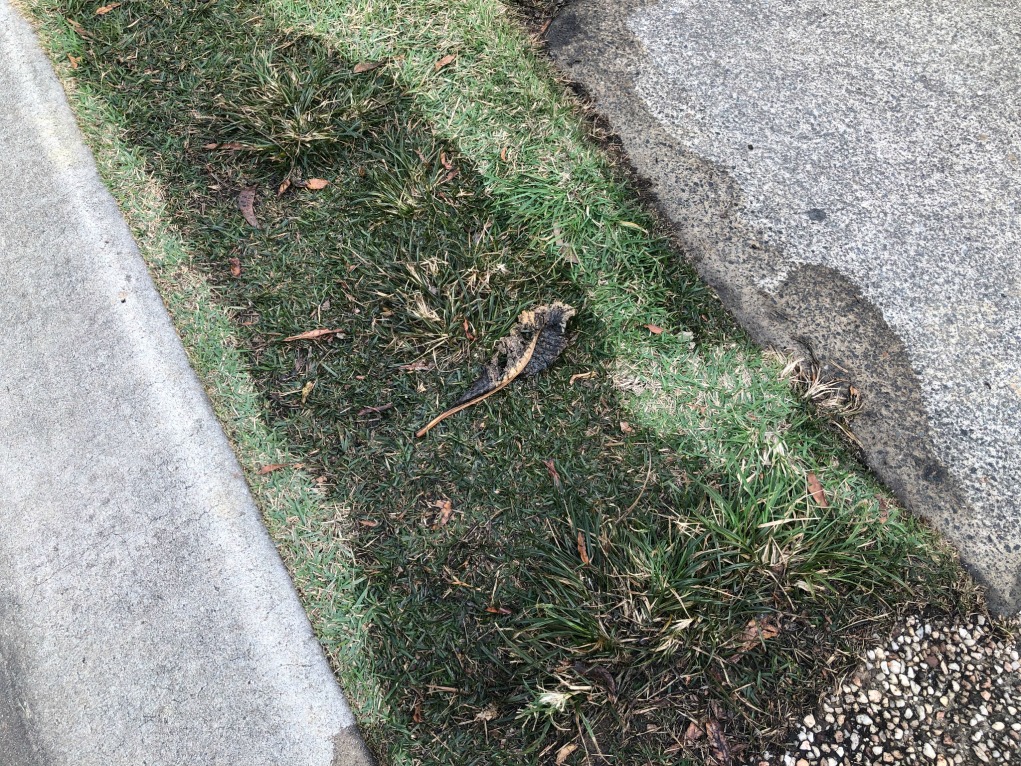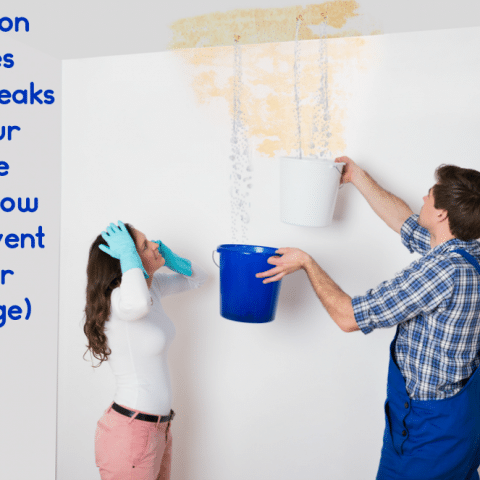6 Ways to Find Concealed Water Leaks in Your Home
6 Ways to Find Concealed Water Leaks in Your Home
Blog Article
Are you trying to locate facts about Leaking water lines?

Early detection of dripping water lines can minimize a possible disaster. Apart from conserving you cash, it will reduce the irritation and also stress. The minute you find a leakage, calling your plumber for fixings is the very best remedy. Some small water leaks might not be visible. Here are some hacks that assist if you can not find it with your nude eyes.
1. Take A Look At the Water Meter
Every home has a water meter. Examining it is a guaranteed way that aids you find leaks. For starters, turn off all the water sources. Make certain no one will certainly purge, make use of the faucet, shower, run the washing machine or dishwasher. From there, go to the meter as well as watch if it will change. Because no one is utilizing it, there should be no motions. That suggests a fast-moving leakage if it relocates. If you find no modifications, wait an hour or two as well as check back again. This implies you may have a sluggish leakage that might also be underground.
2. Check Water Intake
Assess your water costs and track your water consumption. As the one paying it, you must notice if there are any type of discrepancies. If you detect sudden changes, in spite of your intake being the same, it suggests that you have leakages in your plumbing system. Remember, your water costs need to drop under the same array each month. A sudden spike in your bill suggests a fast-moving leak.
A consistent boost every month, even with the same routines, reveals you have a slow-moving leakage that's additionally gradually escalating. Call a plumber to completely examine your residential or commercial property, specifically if you really feel a warm area on your flooring with piping underneath.
3. Do a Food Coloring Test
When it comes to water intake, 30% comes from bathrooms. If the color in some way infiltrates your bowl during that time without flushing, there's a leakage between the storage tank and bowl.
4. Asses Exterior Lines
Don't neglect to inspect your exterior water lines as well. Must water leak out of the link, you have a loose rubber gasket. One small leakage can squander bunches of water and spike your water expense.
5. Examine the situation as well as inspect
Home owners must make it a routine to check under the sink counters and even inside cabinets for any type of bad odor or mold and mildew development. These two red flags show a leakage so timely attention is needed. Doing routine assessments, even bi-annually, can conserve you from a significant issue.
Inspect for stainings and damaging as many home appliances as well as pipes have a life expectations. If you believe dripping water lines in your plumbing system, don't wait for it to intensify.
Early discovery of dripping water lines can alleviate a potential disaster. Some tiny water leaks might not be noticeable. Examining it is a proven means that helps you find leakages. One little leakage can squander lots of water and also surge your water expense.
If you believe leaking water lines in your plumbing system, do not wait for it to escalate.
WARNING SIGNS OF WATER LEAKAGE BEHIND THE WALL
PERSISTENT MUSTY ODORS
As water slowly drips from a leaky pipe inside the wall, flooring and sheetrock stay damp and develop an odor similar to wet cardboard. It generates a musty smell that can help you find hidden leaks.
MOLD IN UNUSUAL AREAS
Mold usually grows in wet areas like kitchens, baths and laundry rooms. If you spot the stuff on walls or baseboards in other rooms of the house, it’s a good indicator of undetected water leaks.
STAINS THAT GROW
When mold thrives around a leaky pipe, it sometimes takes hold on the inside surface of the affected wall. A growing stain on otherwise clean sheetrock is often your sign of a hidden plumbing problem.
PEELING OR BUBBLING WALLPAPER / PAINT
This clue is easy to miss in rooms that don’t get much use. When you see wallpaper separating along seams or paint bubbling or flaking off the wall, blame sheetrock that stays wet because of an undetected leak.
BUCKLED CEILINGS AND STAINED FLOORS
If ceilings or floors in bathrooms, kitchens or laundry areas develop structural problems, don’t rule out constant damp inside the walls. Wet sheetrock can affect adjacent framing, flooring and ceilings.
https://www.servicemasterbyzaba.com/blog/how-to-detect-water-leakage-in-walls/

We hope you enjoyed reading our piece about Leaking water lines. Thank you for finding the time to read our blog. Be sure to take a moment to share this blog entry if you enjoyed it. Bless you for your time. Please check up our website back soon.
Report this page